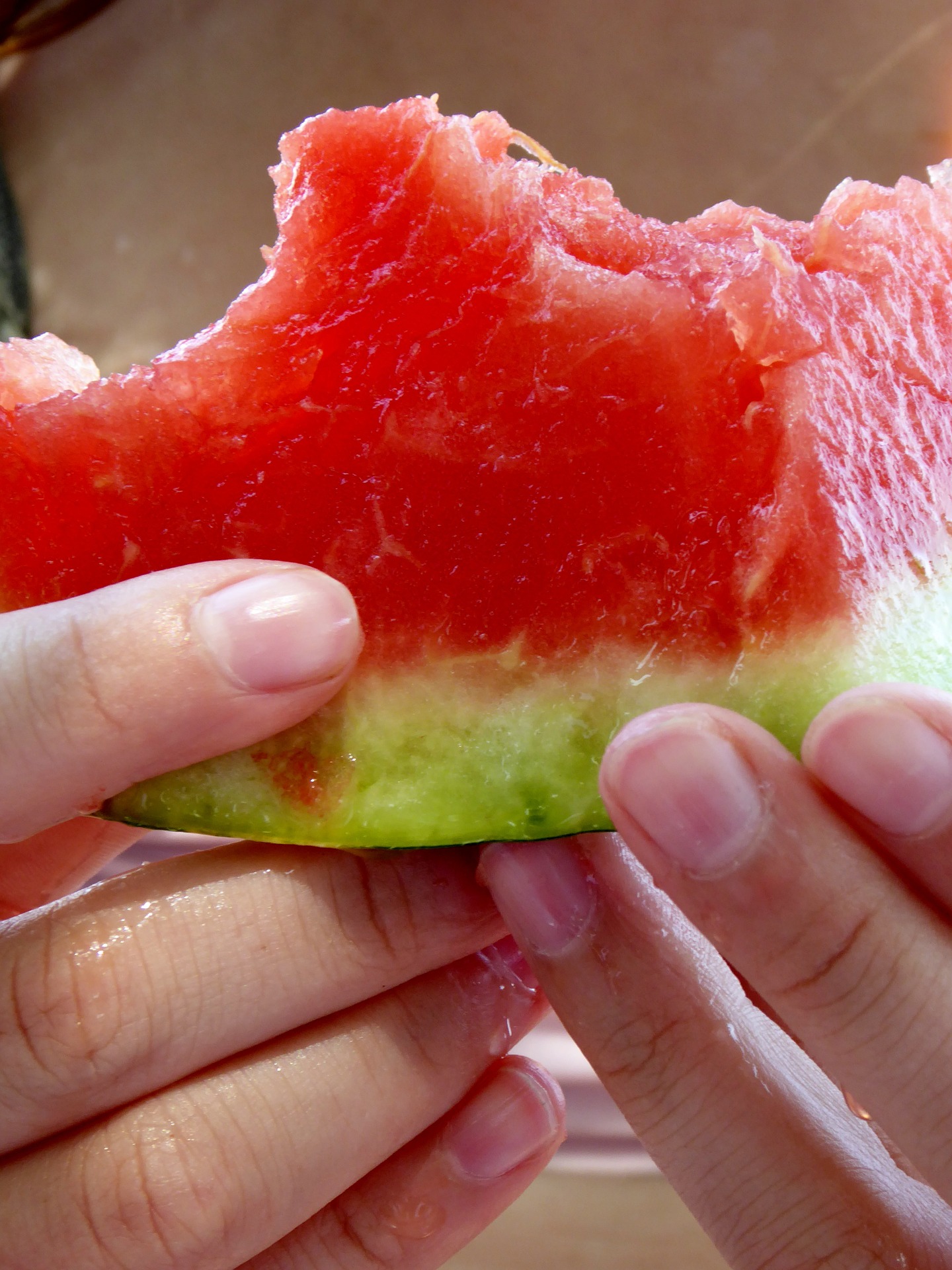If you’ve been following me on Fit Sister over the past years, you know I like to say that “fitness is more than 1400 years old”.
What do I mean by this? Well, it’s quite simple, in terms of lifestyle and diet, researchers make daily discoveries that are, for Muslims, only the confirmation of what they already had in the prophetic recommendations. Intermittent fasting? Sleeping early? Making an afternoon nap? Using water in the toilets? Using honey as a remedy? We’ve been doing this for centuries and we know it’s beneficial but it’s always a good thing to see that science goes in the same way, and it might encourage those who have abandoned all these healthy habits to which Islam invited us.
So now, more and more people in the health and fitness community are talking about the benefits of eating with fingers (while sitting on the floor is even better, we will talk about it very soon).
Eating with fingers is a sunnah. The Prophet (peace and blessings be upon him) ate with the thumb, forefinger and middle finger of his right hand [1]. Yes, it’s not about turning one’s hand into a giant spoon!.
But apart from the rewards of doing something from the sunnah, there are at least five good reasons to eat with fingers:
1. Avoid burning your tongue!
Simply because with cutlery we can’t evaluate the temperature of the food we carry to our mouth and because the fingers are more sensitive to heat than the lips and the tongue but their skin is less fragile.
2. Ease digestion by preparing the body to receiving food.
When fingers come into contact with food, the nerves that connect them to the brain relay the information of an imminent meal, allowing the body to prepare for digestion by secreting digestive enzymes and juices.
3. Protect the digestive system.
There are harmful bacteria that we need to be protected from and good bacteria that benefit us. These friendly bacteria can be found in the mouth, throat, digestive system and on our hands, and this is what we are interested in. Touching food and carrying it to our mouth with our hands (after washing them beforehand to remove the bad bacteria), allows to pass these good bacteria (called normal flora) in the digestive system and help protecting it.
4. Reduce the risk of type 2 diabetes and compulsive eating disorders.
Eating with hands helps reaching mindful eating, a concept that is little known but nevertheless very important. It’s like eating with the brain. We reconnect to our real sensations by focusing on the present moment, in order to go back to an instinctive and healthy relationship with food (pleasure, hunger, satiety and gratitude to Allâh for this subsistence). It generally leads to eating less but better with a decreased appetite and less cravings. [2],[3]
By taking food with fingers, we are more likely to watch it and pay attention to it, eat more slowly, focus on our meal and we are less likely to do several things at the same time. Just think about writing or typing with sticky hands…
Several studies show that type 2 diabetes are correlated with the length of meals (which may be influenced by eating with or without cutlery) and that eating too quickly increases blood sugar imbalances. [4]
5. Simplicity and closeness!
Islam invites us to simplicity, and this must be reflected on our everyday attitude, including the way we eat. Eating with our hands is showing humility and detachment from what others might think. It’s not less clean or less respectful, it makes you feel more comfortable and promotes closeness and good mood during a meal.
So let’s put this fork on the table and use our hands!
[1] Ka’b ibn Malik (ra) reported: “I saw the Messenger of Allâh (saws) eating with three fingers (i.e., the thumb, the index adn the middle finger) and licking them after having finished the food.” (Muslim)
[2] Pilot study: Mindful eating and living (MEAL): weight, eating behavior, and psychological outcomes associated with a mindfulness-based intervention for people with obesity. December 2010, Oregon Research Institute.
[3] Mindfulness-based Eating Awareness training for treating binge eating disorder: The conceptual foundation. Januray 2011, Indiana State University.
[4] Fast eating and the risk of type 2 diabetes mellitus: a case-control study. April 2013, Lithuanian University of Health Science.

[…] eating on the floor with hands is a humble and noble habit that is beneficial not only socially but also physically. It eases digestion, protects the digestive system, promotes mindful eating which helps reducing […]
[…] eating on the floor with hands is a humble and noble habit that is beneficial not only socially but also physically. It eases digestion, protects the digestive system, promotes mindful eating which helps reducing […]